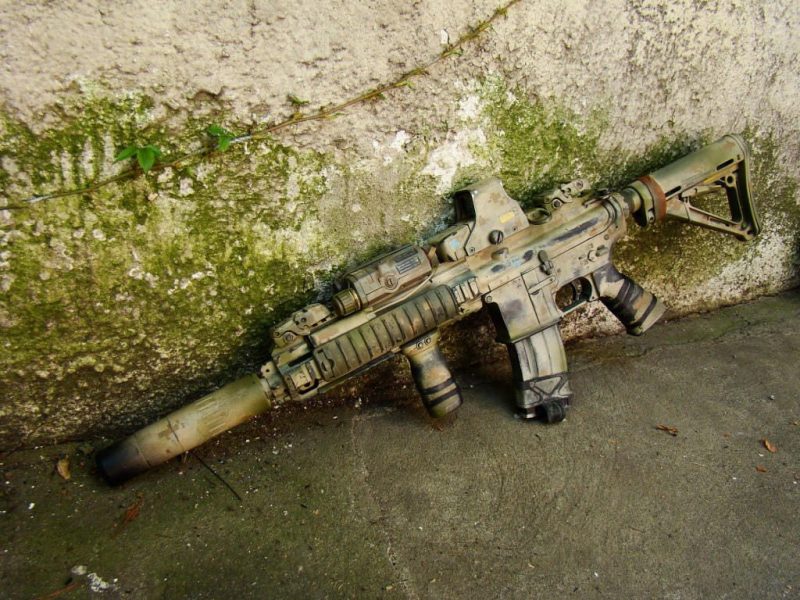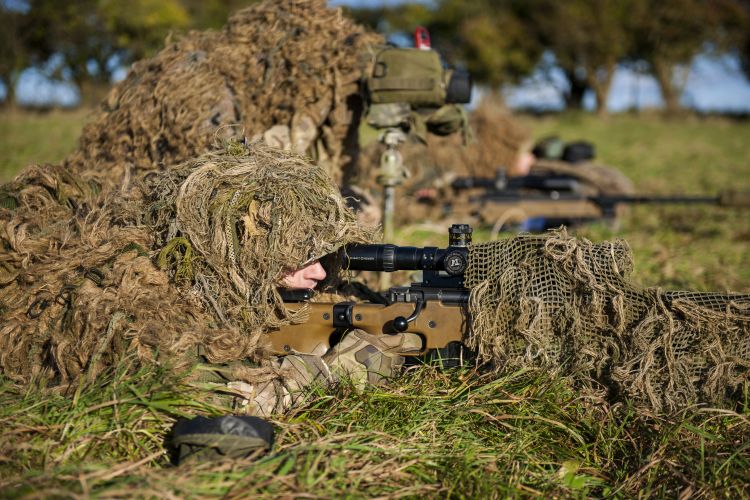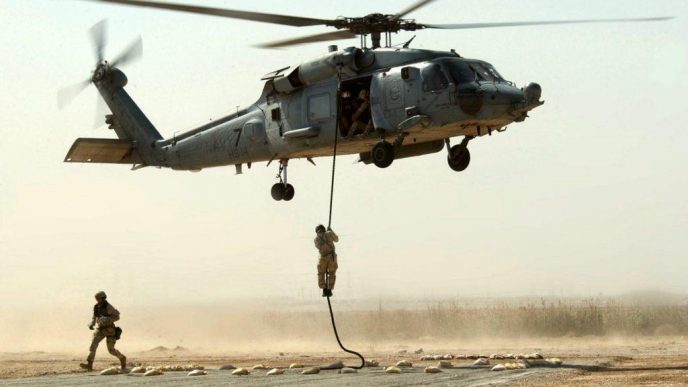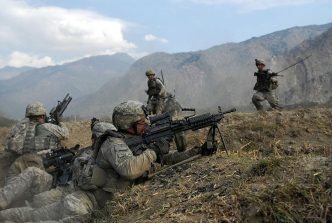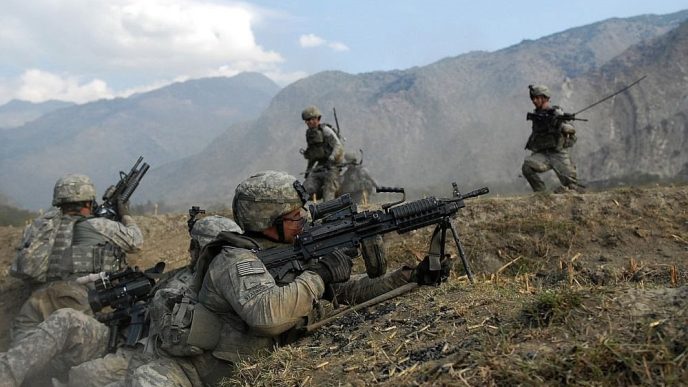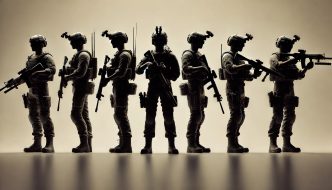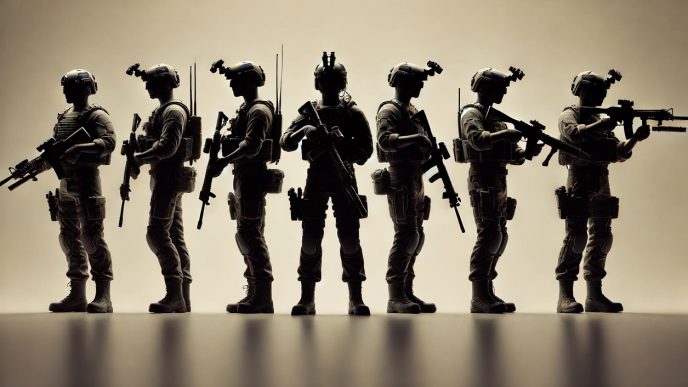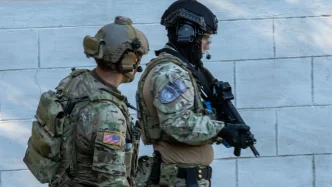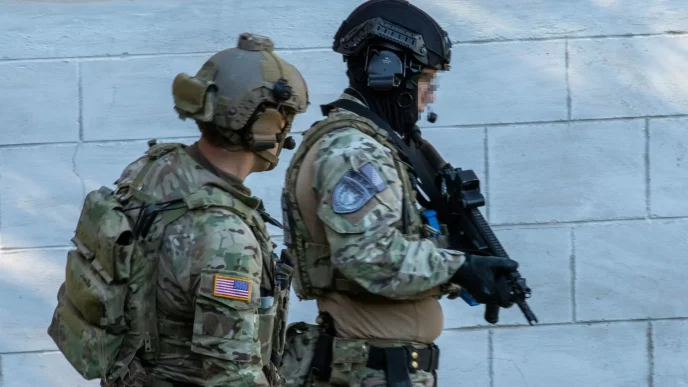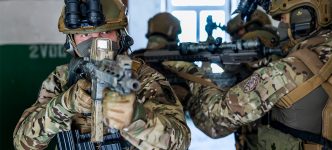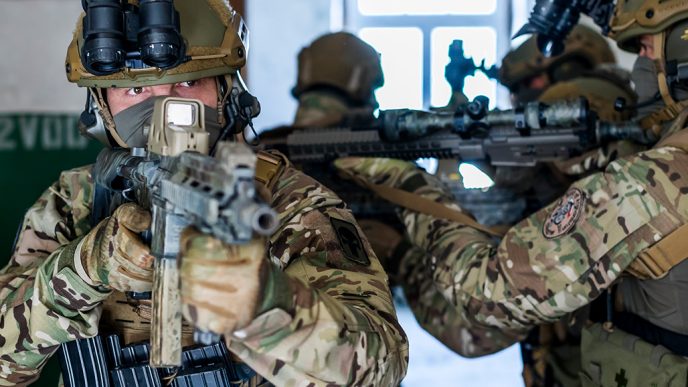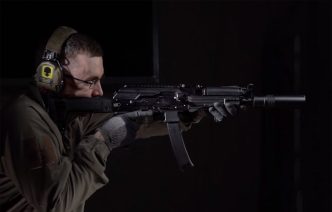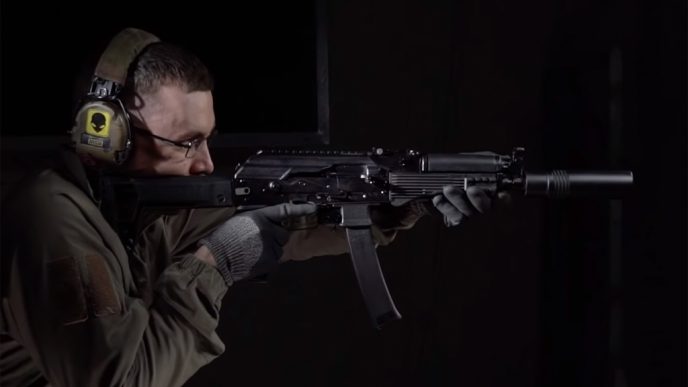Many soldiers misunderstand the purpose of camouflage. While it can aid in concealing one’s position when stationary or moving slowly, it is not a panacea for stealth. To effectively reduce one’s signature to enemy forces, soldiers must also practice noise, light, and litter discipline. These practices are integral components of small-unit tactics. Camouflage alone is not sufficient to stay hidden. It is important to understand that good camo is just one piece of the puzzle, and other elements of discipline must be considered to make it effective.
Personal camouflage
This article focuses on personal camouflage, but it’s worth noting that vehicular and positional camouflage, as well as techniques for defeating camouflage detection technology, will be covered in future articles.
It’s important to emphasize that you are not hidden if even one part of your body is not camouflaged. Many soldiers may find it difficult to conceal their skin and equipment fully, but it’s crucial for effective camouflage. However, some tricks can make the process easier and more effective.
One such trick is to wear a thin camouflaged veil over the face instead of using camouflage paint or sticks. This not only improves camouflage but also serves as a barrier against bugs and insects in humid environments. Similarly, instead of painting the arms and hands, gloves are advisable. Even in moist conditions, gloves can provide a barrier that reduces the number of nicks, scrapes, and minor cuts that can occur when operating in a tactical environment.

When utilizing burlap strips or jute to camouflage yourself or your equipment, it’s important to ensure that the material is suitably aged and weathered. Freshly applied burlap strips on a rucksack can be easily spotted, so making the material appear more natural is important. The burlap should be exposed to the elements for at least a week, ideally with several rainfalls. If this is impossible, an alternative method is to get the burlap wet, rub it in mud, dirt, or rocks for a few minutes, then put it through a few cycles in a washing machine and dryer. This will help to give the burlap a more natural and weathered appearance.
Choose right uniforms
It is generally advisable to avoid all-black uniforms in a tactical environment. Very few natural elements are black. The black splotches on uniforms can simulate shadows but are not a natural appearance. Using black on uniforms raises some concerns, mainly when operating in wooded areas. Shadows in the woods are stationary, and the presence of “moving shadows” clearly indicates that they are not natural.
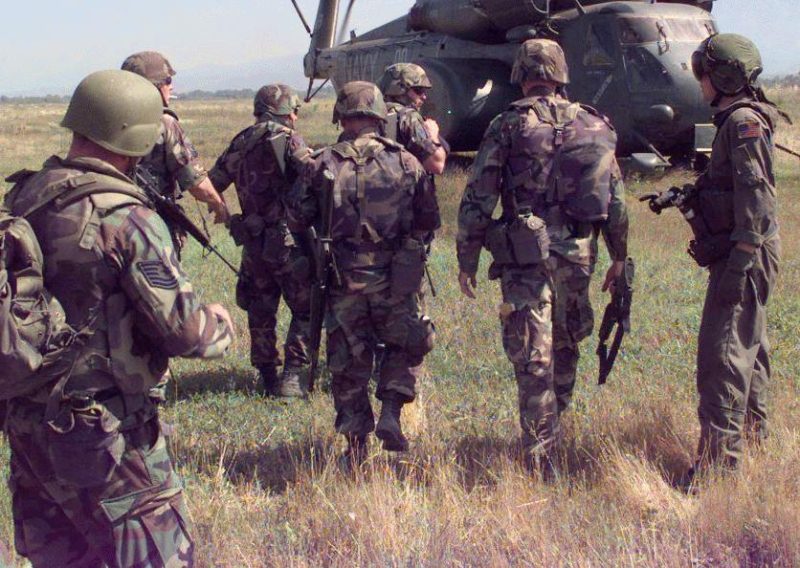
The black uniform stands out in areas without trees or other objects that produce shades and makes soldiers more visible. Additionally, the black color on BDUs is typically much darker than 90% of natural shadows. It’s important to consider the environment and the natural elements when choosing camouflage and uniforms.
Camouflaging weapons
When camouflaging weapons, it’s important to ensure that it does not impede the weapon’s function. A simple and effective method for camouflaging weapons is to use tape. Use a combination of tan masking and dark brown packing tape for a desert environment. For a woodland environment, use green duct tape and packing tape. In an arctic environment, use masking tape. This method is quick, easy, and effective in blending the weapon into the surrounding environment.
